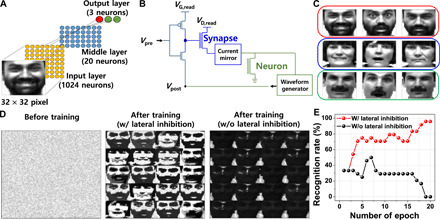Fig. 6. Face recognition with software-based simulation by reflecting the measured characteristics of single-transistor neuron and synapse.

(A) Spiking neural network for face recognition. The input layer is composed of 1024 neurons that represent each pixel, the middle layer is composed of 20 neurons, and the output layer is composed of three neurons that represent each person’s face. (B) Simplified circuit diagram to represent the connection of neuron-synapse. Neuronal output is converted through a waveform generator to make a proper pulse shape applied to the synapse for spike timing–dependent plasticity learning. (C) Nine training images of three people. (D) Visual map of the synapse array to represent the conductance of the synapses, “before training,” “after training with lateral inhibition,” and “after training without lateral inhibition.” (E) Comparison of recognition rate depending on the number of training epochs between “after training with lateral inhibition” and “after training without lateral inhibition.” Higher recognition rate is achieved with the inhibitory function of the neurons. Photo Credit: J.-K. Han, Korea Advanced Institute of Science and Technology (KAIST).
